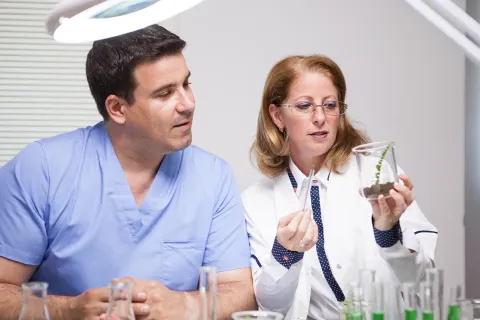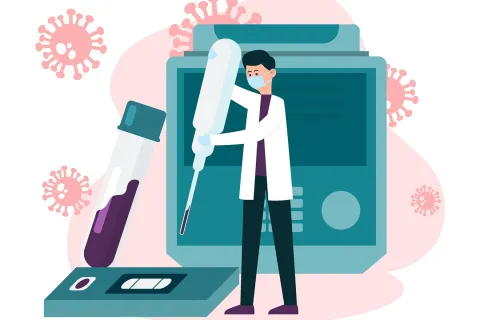
The world of pharmaceuticals is built on precision and trust. Every pill, every vial, every label carries the weight of a promise – a promise of quality, safety, and efficacy. Yet, despite rigorous testing and development, pharmaceutical recalls remain a persistent threat. In fact, according to a Kaiser Health News report, roughly 50% of all pharmaceutical recalls are linked to labeling or packaging artwork errors.
A single misplaced decimal point on a dosage instruction or an omitted allergen warning can have devastating consequences. This is where Artwork Management Systems (AMS) step in as silent guardians, leveraging automation to significantly reduce the risk of human error in pharmaceutical artwork creation and approval.
The High Cost of Errors:
The impact of a pharmaceutical recall goes far beyond correcting a faulty product. It can lead to:
- Patient harm: In the worst-case scenario, a labeling error can lead to incorrect dosages or adverse reactions, jeopardizing patient safety.
- Financial losses: Recalls are expensive, involving product retrieval, disposal, and potential lawsuits.
- Brand damage: Public trust takes a hit, impacting a company's reputation and future sales.
The Traditional Approach: Ripe for Errors
Traditionally, pharmaceutical artwork management revolved around a paper-based system, prone to human error. Imagine a complex web of emails, revisions printed on paper, and handwritten notes – a breeding ground for mistakes. Here's how the traditional approach can lead to problems:
- Version control chaos: Multiple versions of artwork floating around can lead to confusion and the wrong version being approved for printing.
- Manual review fatigue: Meticulous review of every detail by human eyes can be tiring, increasing the risk of missed errors.
- Inefficient communication: Delays and miscommunication can occur during the approval process, impacting timelines.
Enter Automation: A Game-Changer for Artwork Management
Automated Artwork Management Systems address these challenges head-on. Here's how they significantly reduce the risk of errors and streamline the entire artwork management process:
- Centralized repository: All artwork files are stored and version-controlled in a single, secure location, eliminating version confusion.
- Automated workflows: Predefined workflows guide the artwork through the approval process, ensuring every step is completed and documented.
- Electronic signatures: E-signatures eliminate the need for paper trails and expedite approvals.
- Automated checks: Built-in features can automatically check for missing information, formatting inconsistencies, and regulatory compliance, reducing the burden on human reviewers.
- Real-time visibility: Stakeholders can track the progress of artwork approvals in real-time, fostering better communication and faster turnaround times.
Beyond Error Reduction: Additional Benefits of AMS
The advantages of Automated Artwork Management Systems extend beyond just preventing recalls. Here are some additional benefits:
- Increased efficiency: Automated workflows eliminate manual tasks, saving time and resources.
- Improved compliance: Built-in regulatory checks help ensure artwork adheres to relevant guidelines.
- Enhanced collaboration: Centralized platforms facilitate seamless communication between internal and external stakeholders.
- Global reach: AMS enables efficient artwork management across international markets with varying regulatory requirements.
Freyr: Your Partner in Streamlined Artwork Management
At Freyr, we understand the critical role of artwork management in pharmaceutical development. We offer a comprehensive suite of regulatory services, including support for implementing and optimizing Automated Artwork Management Systems. Our team of experts can help you:
- Select the right AMS solution for your specific needs.
- Develop and integrate automated workflows for efficient artwork creation and approval.
- Ensure your artwork complies with all relevant international regulations.
By partnering with Freyr, you can leverage the power of automation to minimize errors, streamline processes, and ultimately bring safe and effective medications to market faster.
Conclusion:
In today's competitive pharmaceutical landscape, ensuring the accuracy and compliance of artwork is no longer an option – it's a necessity. Automated Artwork Management Systems offer a powerful solution, safeguarding patient safety, minimizing costs associated with recalls, and protecting brand reputation. By embracing automation, pharmaceutical companies can dedicate their resources to what matters most – developing life-saving medications.
Author: Nirupama Parate









